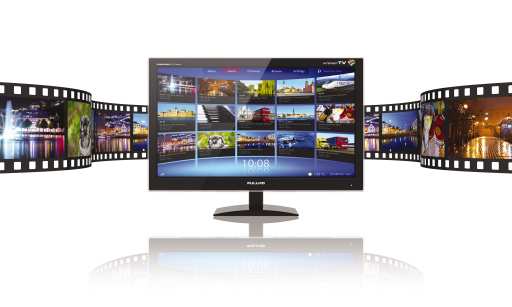
"Nearly two-thirds of American consumers own at least one Internet of Things-categorized device. Nearly half of them own a smart TV. And a new Interactive Advertising Bureau report says 65% of them are “willing” to receive ads on IoT screens."
"A closer look at the data discloses that connected TVs are the only things whose biggest swell of users are older–41% of them are 35–54," P.J. Bednarski wrote for Online Video Daily.
"They are also less likely to have children living in their household and they’re less wealthy. They are also very much less likely to call themselves “tech junkies.” Only 35% of them would accept that nametag. And perhaps it’s worth noting, they are also less receptive to advertising, though 66% of them approve."
The latest research from AudienceSCAN found that the medium Smart TV Users ARE receptive to is the internet banner ad! Smart TV Users are 41% more likely than average consumers to take action after seeing internet banner ads.
The Interactive Advertising Bureau released “The Internet of Things,” a study which shows that 62% of American consumers own at least one Internet of Things connected device (connected car, connected/smart TV, fitness tracker, home control system or appliance, internet-enabled voice command, smart glasses, smart watch, VR headset, or wearable)—and 65 percent of them say that they are willing to receive ads on IoT screens. Sixty-two percent of them already report having seen an ad on an Internet of Things connected gadget. The study also reveals that IoT owners are likely to be parents ages 18–34, with college educations and household incomes above the national $50K average.
The report, conducted by MARU/VCR&C and surveying over 1,200 U.S. adults, shows that an overwhelming majority (97%) have heard of these types of connected devices and 65 percent of those who have yet to buy are interested in purchasing one. More than half (55%) of U.S. adults—whether IoT device owners or not—say that they would be willing to see ads on these devices in exchange for an offering from a marketer, such as a coupon (44%), extra features (30%), or access to exclusive games (19%).
According to the most recent AudienceSCAN data, Smart TV Users are 39% more likely than average Americans to take action after viewing mobile app ads or text message ads.
The most popularly owned IoT devices are connected/smart TVs and streaming devices (47%), followed by wearable health trackers (24%) and internet-enabled home control devices (17%).
For consumers considering an IoT purchase, connected/smart TVs and streaming devices were the top choice (39%), followed by:
- Connected cars (37%)
- Wearable health trackers (32%)
- Internet-enabled home control devices/systems (31%)
- Internet-enabled voice command systems (31%)
- Internet-enabled appliances (30%)
- VR headsets (30%)
- Smart watches (27%)
- Smart glasses (21%)
“Vigorous growth in familiarity and IoT usage is fueling interest among consumers—and brands need to pay attention,” said Patrick Dolan, Executive Vice President and Chief Operating Officer, IAB. “To access the coveted IoT audience that is already open to receiving ads on their devices, advertisers need to consider ‘added incentives’ for their messages. As adoption continues and marketers learn to weave the Internet of Things into their strategies, tomorrow’s prospects for IoT as a marketing platform will be very bright.”
"Owners of connected eyeglasses are most open to ads–95% of them are willing to be sold through their specs. (They’re also the youngest: 66% of them are 18–34)," Bednarski wrote. "Owners of VR devices and owners of Internet-connected appliances are right behind them–89% are willing to get ads."
AudienceSCAN data is available as part of a subscription to AdMall for Agencies, or with the SalesFuel API. Media companies can access AudienceSCAN data through the AudienceSCAN Reports in AdMall.
